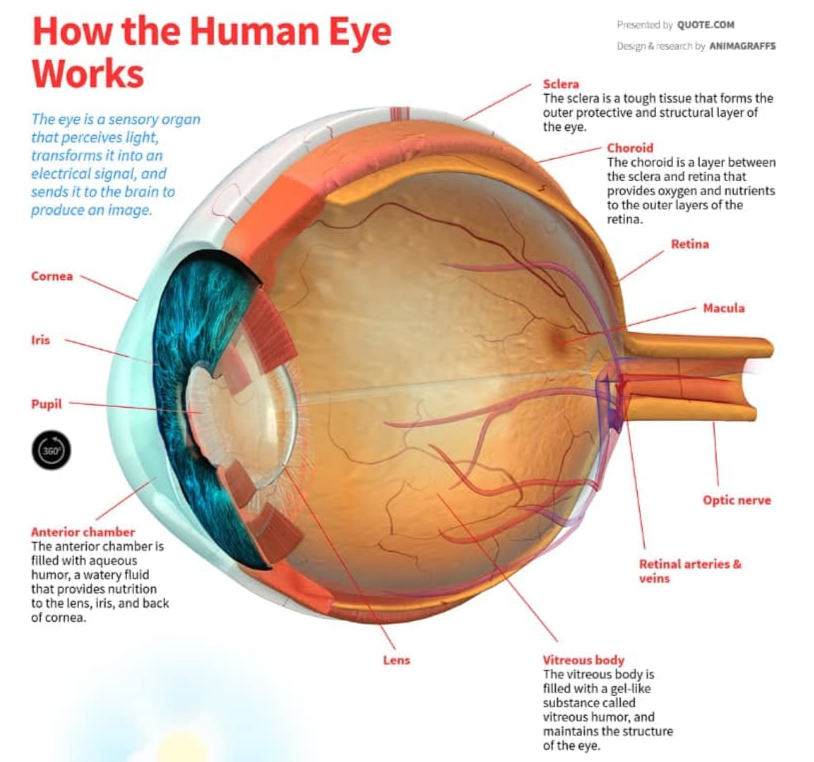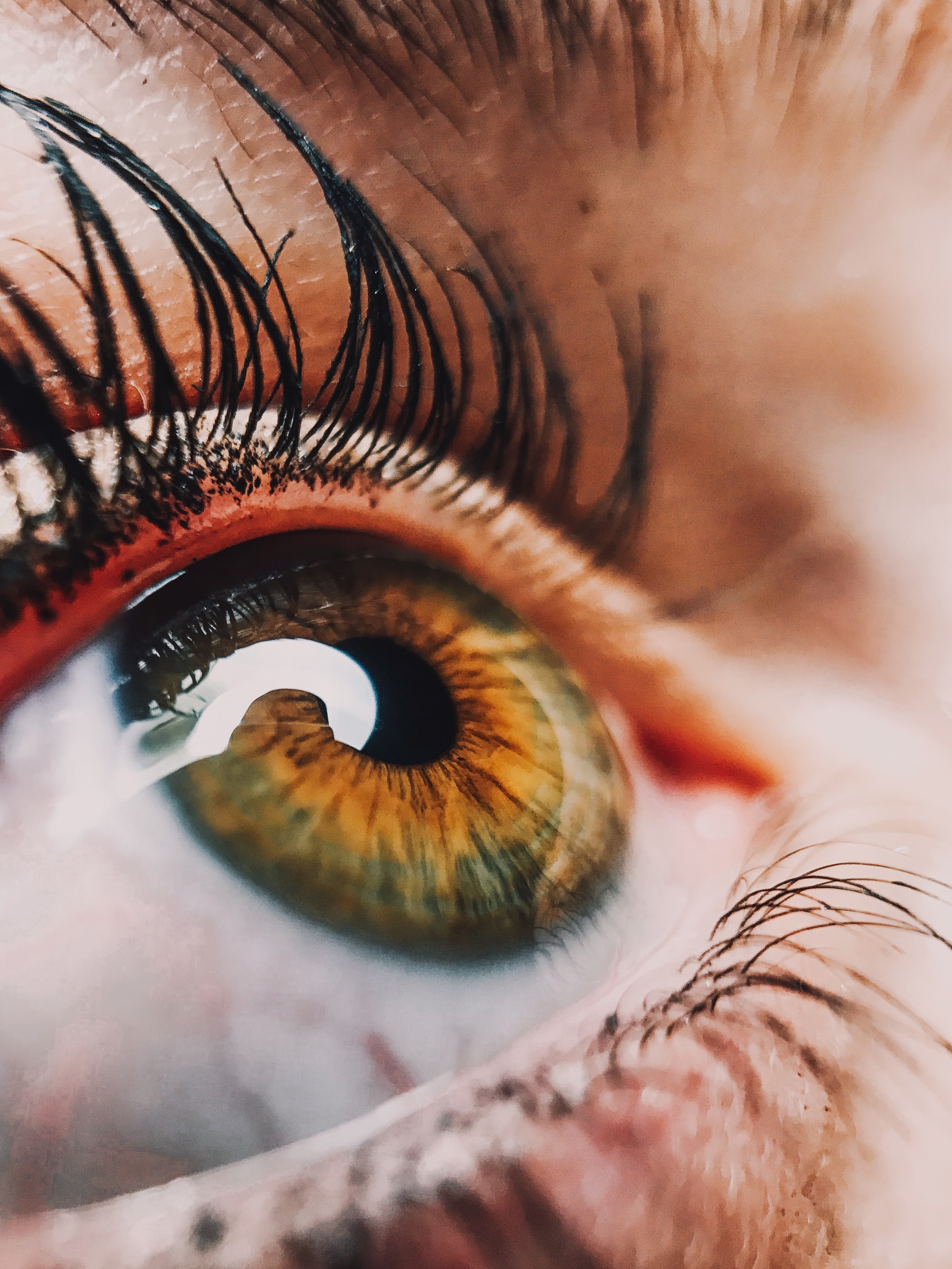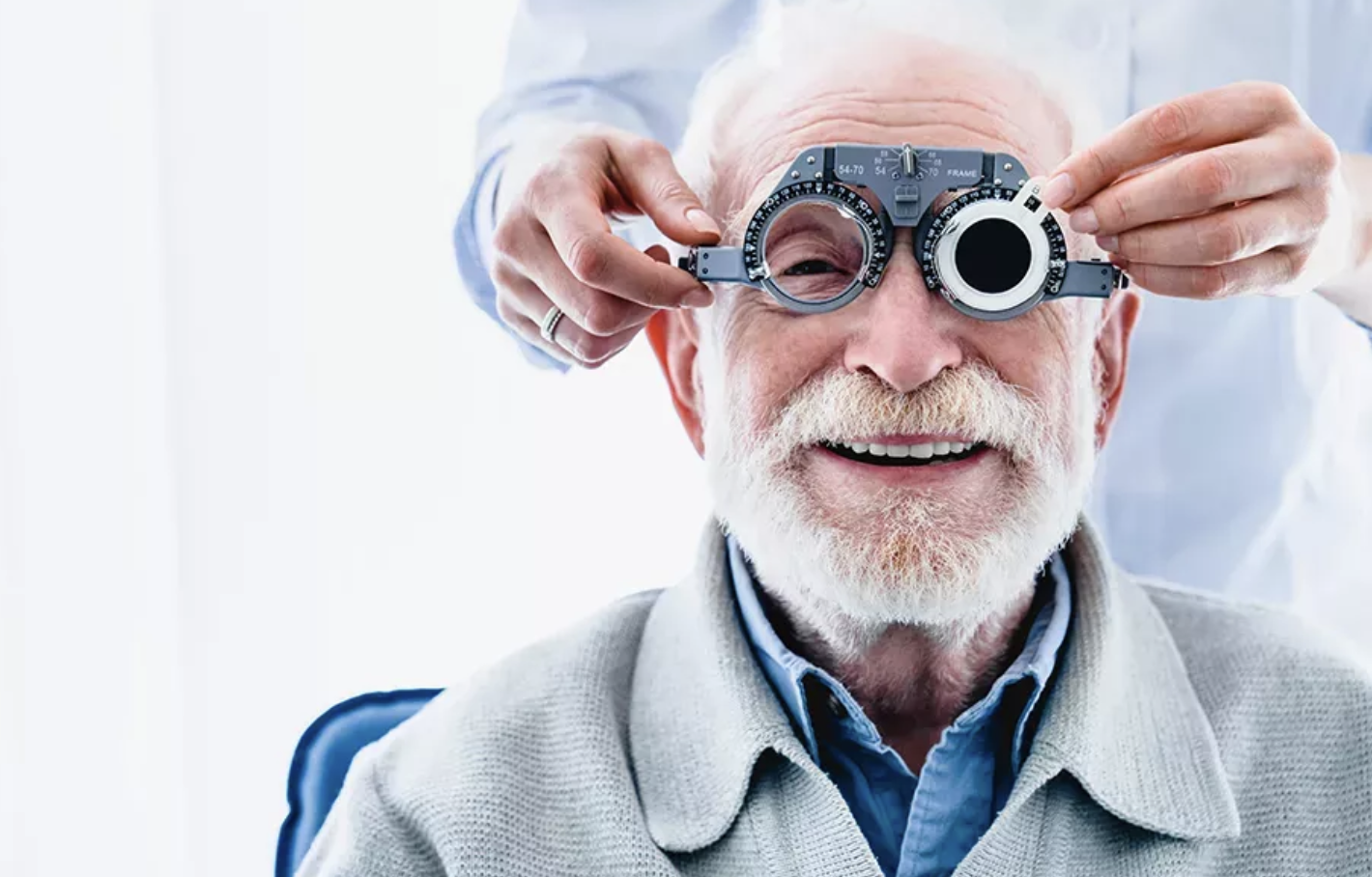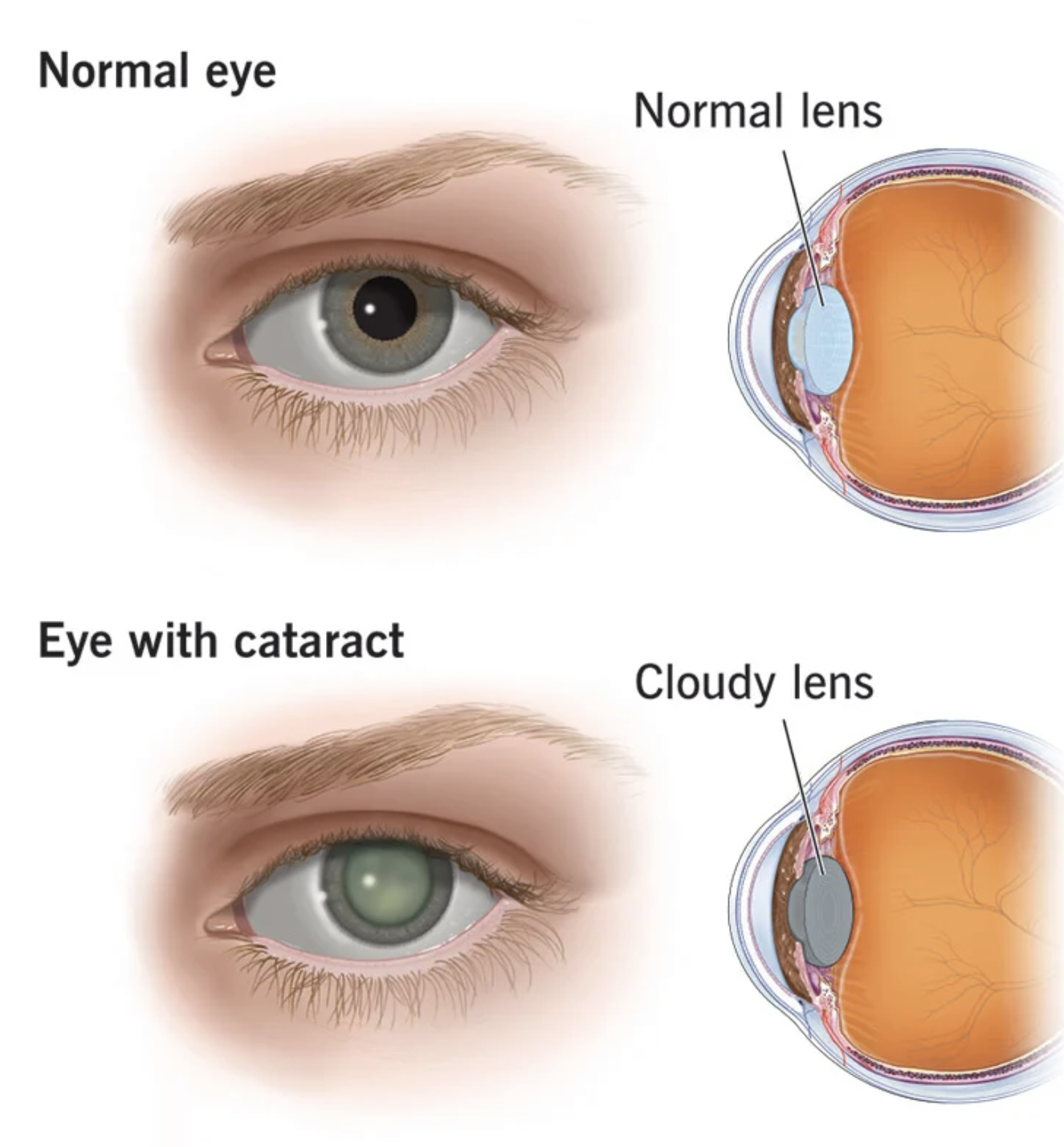Cataracts
Approximately 20.5 million Americans age 40 and older have cataracts.
Cataracts are the clouding of the eye's clear lens; like a window that is "fogged" with steam. When the lens becomes cloudy, light rays cannot pass through it easily and vision becomes blurry.
Cataracts are not a growth or a film over the eye.
Cataracts start out small and have little effect on vision at first. But as the cataract grows, so does the impact on vision.
See your Eye M.D. if you experience:
- Painless blurring of vision
- Sensitivity to light and glare
- Double vision in one eye
- Poor night vision
- Fading or yellowing of colors
- Frequent changes in glasses or contact lens prescriptions
Although cataracts usually develop as part of the aging process (more than half of all Americans develop cataracts by age 80), they can also result from:
- Eye injuries
- Certain diseases, such as diabetes
- Genetic inheritance
- Certain medications
- Frequent, unprotected exposure to UV-A and UV-B rays
Currently, there are no medications or exercises that will cause cataracts to disappear.
However, if cataracts don't interfere with your life, you may decide not to do anything about them.
When they do begin to interfere with daily activities, they can be treated surgically.
Cataract surgery is the most frequently performed surgery in the United States, with more than one million surgeries performed each year. After surgery, most patients regain useful vision. Laser treatment is sometimes used after cataract surgery to remove a film that can occasionally grow on the lens implant.





